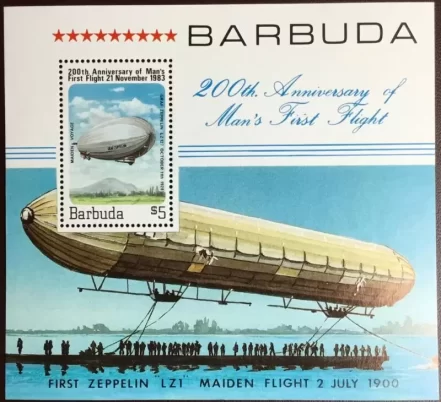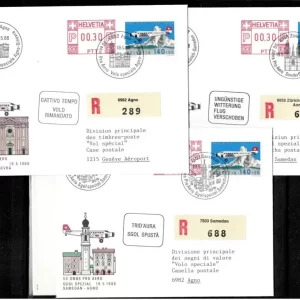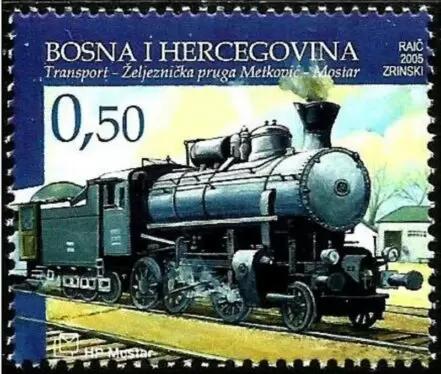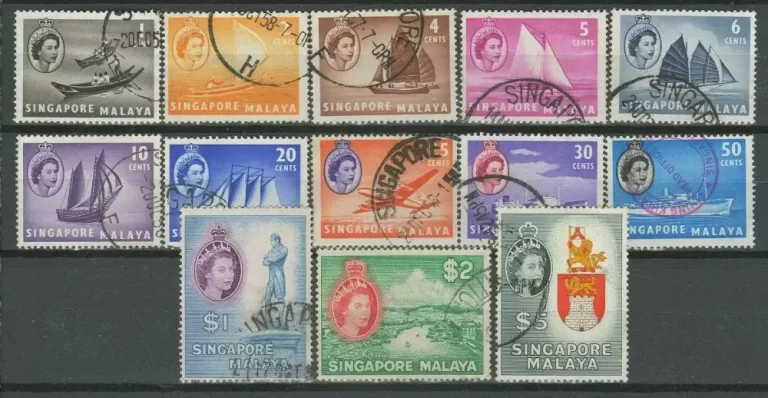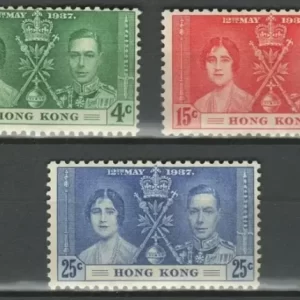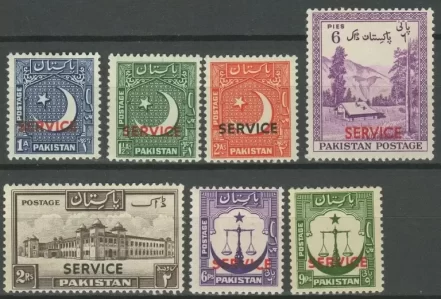Barbuda stamps year 1983 Manned Flight Zeppelin MNH
The Barbuda 1983 Manned Flight issue was created to commemorate the bicentenary of manned flight and includes a stamp and a souvenir sheet featuring the famous Zeppelin airship.
The issue is primarily known for its Souvenir Sheet (Miniature Sheet) that prominently features the Graf Zeppelin.1
Here are the details for the stamp set and miniature sheet:
🇦🇬 Barbuda 1983: Bicentenary of Manned Flight
This set was part of a major philatelic program produced by the issuing authority, and is categorized as an overprinted issue, meaning the stamps from Antigua were overprinted for use in Barbuda.
1. The Definitive Stamp Set
The general issue to commemorate the Bicentenary of Manned Flight consisted of a set of postage stamps (often sold as a set of 3 stamps) and featured different historical flying machines, including balloons and early aircraft, with some values featuring a Zeppelin.
| Feature | Detail |
| Issue Theme | Bicentenary of Manned Flight |
| Release Date | September 12, 1983 |
| Number of Stamps | 3 stamps in the set (30c, 50c, 60c) |
| Printing Process | Lithography |
| Catalogue Numbers | Stanley Gibbons (SG): 663-665 |
| Face Values | 30c, 50c, 60c (in Barbuda currency) |
2. The Zeppelin Miniature Sheet (Souvenir Sheet)
The most sought-after item in this issue is the Miniature Sheet, which features the famous German airship.
| Feature | Detail |
| Item Type | Souvenir Sheet (S/S) / Miniature Sheet (M/S) |
| Motif | LZ 127 Graf Zeppelin |
| Catalogue Numbers | Stanley Gibbons (SG): MS 666 |
| Scott: 581 (or 581a for a variety) | |
| Face Value (on sheet) | $4.00 (in Barbuda currency) |

